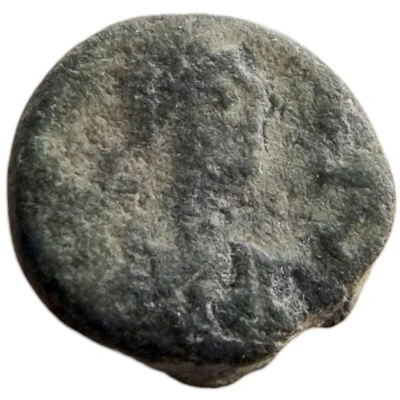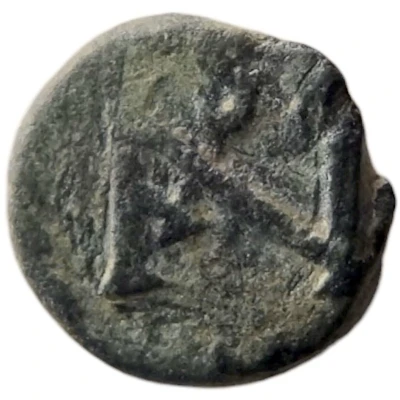Nummus - Justinian I Thessalonica; Type p A ND
| Copper | 0.5 g | 8 mm |
| Issuer | Byzantine Empire (Byzantine states) |
|---|---|
| Emperor | Justinian I (527-565) |
| Type | Standard circulation coin |
| Years | 527-565 |
| Value | 1 Nummus (1⁄7200) |
| Currency | First Solidus Nomisma (498-720) |
| Composition | Copper |
| Weight | 0.5 g |
| Diameter | 8 mm |
| Shape | Round (irregular) |
| Technique | Hammered |
| Orientation | Variable alignment ↺ |
| Demonetized | Yes |
| Updated | 2024-10-03 |
| Numista | N#298551 |
|---|---|
| Rarity index | 100% |
Reverse
Large A surmounted by smaller p.
Lettering:
p
A
Translation: A : "1" nummus.
Comment
Obverse legend can vary (usually incomplete).Interesting fact
The Nummus coin was introduced by Justinian I as a new denomination to replace the older coinage system, and it was the first Byzantine coin to feature the emperor's image on both sides. This coin features Justinian I on the obverse (front) side and an angel holding a cross on the reverse (back) side. The coin was minted in Thessalonica, which was an important city in the Byzantine Empire, and it was made of copper, a common metal used for coinage at the time. Despite its small weight of 0.5 grams, the Nummus coin played an important role in the Byzantine economy and was widely used for everyday transactions.

